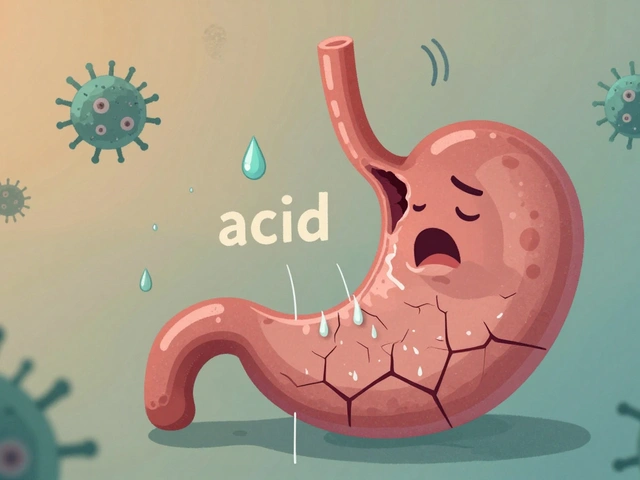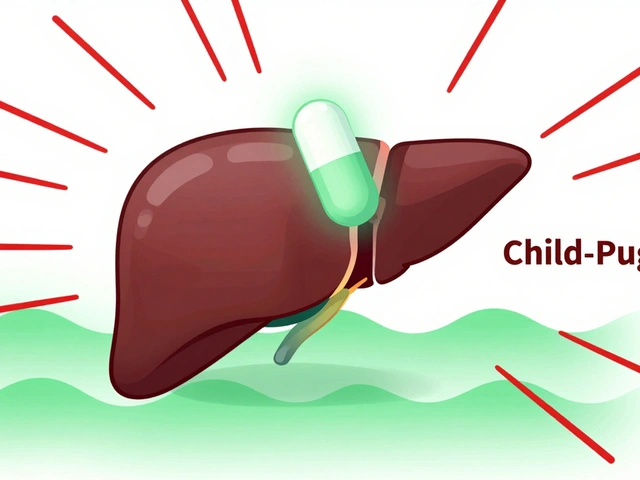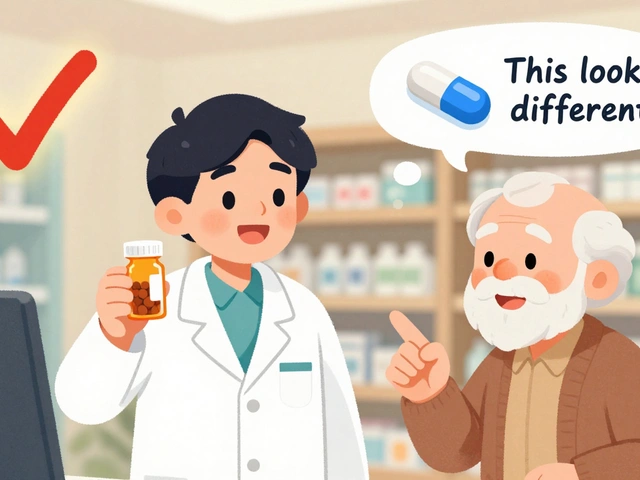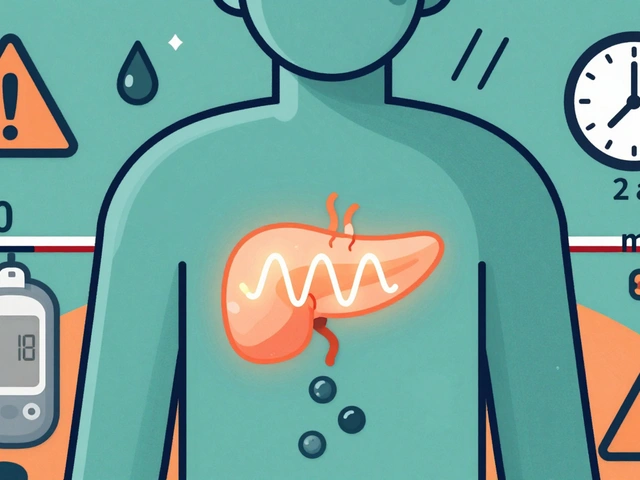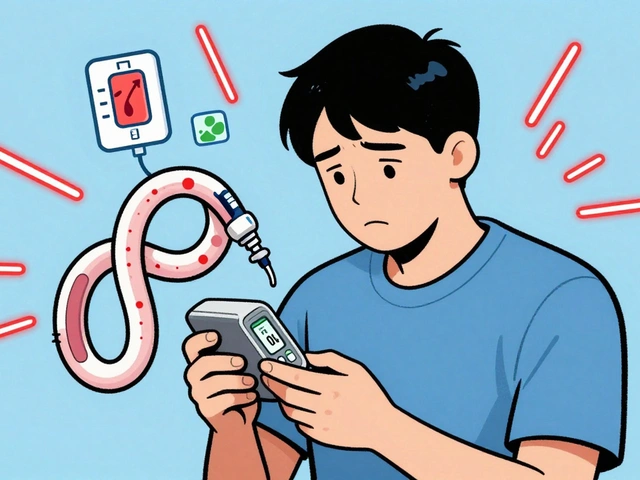DOACs and NSAIDs: What You Need to Know About Risks and Interactions
When you take a DOAC, a direct oral anticoagulant used to prevent dangerous blood clots. Also known as novel oral anticoagulants, these drugs—like apixaban, rivaroxaban, and dabigatran—are prescribed for atrial fibrillation, deep vein thrombosis, and after joint surgery. They work differently than older blood thinners like warfarin, with fewer dietary restrictions and no need for regular blood tests. But many people also take NSAIDs, nonsteroidal anti-inflammatory drugs used to reduce pain, swelling, and fever. Common examples include ibuprofen, naproxen, and ketorolac. The problem? Combining these two types of medications can increase your risk of serious bleeding—especially in the stomach and intestines.
It’s not just about taking them at the same time. Even if you space them out, the effects add up. NSAIDs damage the stomach lining and reduce platelet function, while DOACs stop clotting factors from working. Together, they create a perfect storm. Studies show people on both drugs have up to three times the risk of gastrointestinal bleeding compared to those taking DOACs alone. Older adults, people with kidney issues, or those with a history of ulcers are especially vulnerable. If you’re on a DOAC and reach for ibuprofen for a headache or sore knee, you’re not just treating pain—you’re putting yourself at risk.
Some people think switching to acetaminophen (Tylenol) is a safe fix. It’s true, acetaminophen doesn’t affect clotting like NSAIDs do, but it’s not always the right choice either—especially if you have liver problems. The real answer? Talk to your doctor before adding any new medication, even over-the-counter ones. Your pharmacist can also flag dangerous combinations when you fill a prescription. There are alternatives to NSAIDs for pain relief, like physical therapy, heat wraps, or even certain supplements, but they need to fit your overall health picture.
What you’ll find in the posts below are real, practical guides on how these drugs affect your body, what symptoms to watch for, and how to manage your treatment safely. You’ll see how kidney function changes drug clearance, how electrolyte imbalances can make things worse, and why sticking to your plan matters more than you think. This isn’t theoretical—it’s about the daily choices that keep you out of the hospital.
NSAIDs and Blood Thinners: The Hidden Danger of Combining Them
Combining NSAIDs like ibuprofen or naproxen with blood thinners can cause dangerous internal bleeding. Learn why this interaction is so risky, which pain relievers are safe, and what to do if you're already taking both.


